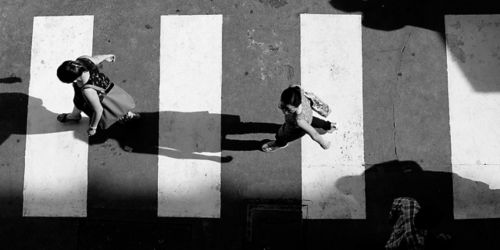St. Jude Family of Websites
Explore our cutting edge research, world-class patient care, career opportunities and more.
St. Jude Children's Research Hospital Home

- Fundraising
St. Jude Family of Websites
Explore our cutting edge research, world-class patient care, career opportunities and more.
St. Jude Children's Research Hospital Home

- Fundraising
Postural balance is an issue with pediatric leukemia survivors

Because many times their balance is affected during cognitive decision-making, maintaining postural balance in pediatric leukemia survivors means therapists must deal with higher-level central nervous system processes.
Postural balance is more than being able to stand on one leg – it’s a complex interaction of myriad sensory systems to aid awareness of a body’s location with respect to its environment. We’re learning more about this process and how it gets disrupted in pediatric leukemia survivors, and what we’re finding is that it’s more than simply addressing the balance issue – it’s dealing with higher-level central nervous system processes as well as muscular systems that execute those processes.
Balancing cures and a sense of balance
A few decades ago, a child diagnosed with acute lymphoblastic leukemia had a 50/50 chance to live. Now, survival is greater than 85%, with about 70,000 survivors of childhood ALL living in the United States.
Good news? Sure, but improved survival also showed us there is a price — and through survivorship, we’re learning more to be able not just to help survivors with late effects of cancer treatment, but intervene earlier with current patients.
One of the late effects of the treatment for ALL is impairment of body systems involved with movement and balance. Our study, published recently in the Journal of Clinical Oncology, looked at 365 survivors of childhood ALL. We tested balance; their ability to organize sensory information; endurance and aerobic capacity; their ability to see and then execute, or visual-motor processing speed; and mobility.
What balance science tells us
Childhood ALL survivors didn’t just have issues with balance – they had decreased performance across the board – including visual-motor processing speed. It means survivors had trouble maintaining balance while doing something, or making a decision.
For example, walking in an urban area, crossing busy streets and dodging people on busy sidewalks, requires a lot of cognitive decision-making according to sensory input. You hear cars, you see traffic lights, you feel the sidewalk on your feet or the drop step from the curb to the street. We know from other studies how anticancer treatment affects cognitive function, including structural alterations in the brain, decreased processing speed and attention deficits.
For ALL survivors, cognitive deficits may be a key factor in causing the balance issues.
Swaying the balance in our favor
You can’t test balance in isolation, at least, not for childhood ALL survivors. You have to test it while conducting a cognitive activity. Simply put: walk and maintain a meaningful conversation. If the patient’s attention has to be switched from one thing to another, can they maintain their feet? For current ALL patients, addressing balance in this way also establishes a therapy and training course of action. Muscle development is also another therapeutic area to establish more muscular strength and endurance. If done together, future survivors may be able to better transfer their improvements to real-life situations.






